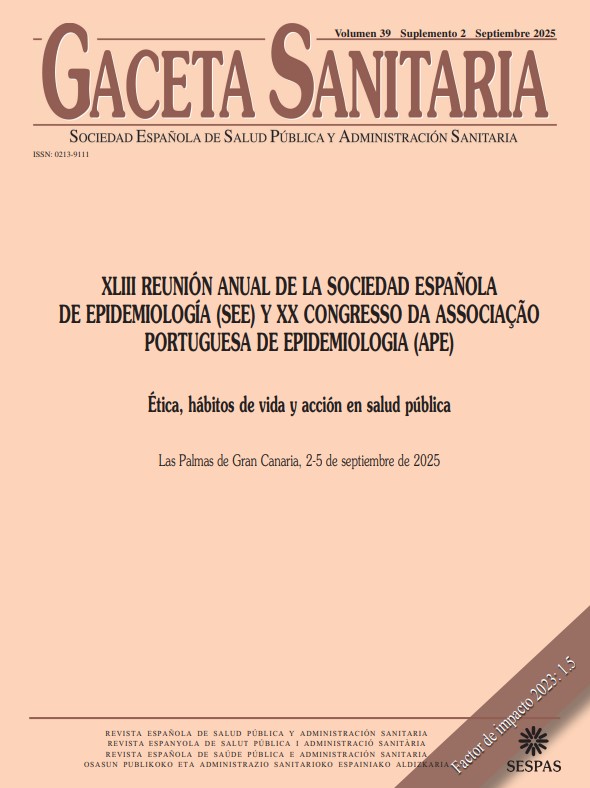826 - IDENTIFICATION OF VULNERABLE POPULATION IN LOCAL HEAT HEALTH ACTION PLANS FROM THE 10 LARGEST SPANISH CITIES: A CONTENT ANALYSIS
Departamento de Medicina Preventiva y Salud Pública, Universidad de Santiago de Compostela; Instituto de Investigación Sanitaria de Santiago de Compostela (IDIS).
Background/Objectives: Heatwaves may be particularly threatening for population health in large cities due to the greater concentration of socioeconomic deprivation or environmental factors, like the urban heat island effect, that increase vulnerability to these episodes. Despite general recommendations to target the most at-risk populations issued in (sub)national heat health action plans (HHAPs), each local setting may present specific challenges. The aim of this study was to identify local HHAPs from the 10 largest Spanish cities (mean population 2019-2023), and to review and compare the definition of vulnerable population used.
Methods: We searched local HHAP in the official websites from the cities of Madrid, Barcelona, València, Sevilla, Zaragoza, Málaga, Murcia, Palma de Mallorca, Las Palmas de Gran Canaria, and Bilbao. To be included, local HHAPs had to meet the World Health Organization (WHO) definition: 1) the document specifically addressed heatwaves in the title; 2) it was approved as a formal document. We considered publications available online (March 2025) from local health departments. If no local HHAP was found, we searched for emergency/disaster plans. We excluded documents that did not identify vulnerable population, as well as communication material (e.g., information brochures).
Results: From the 10 cities considered, only València and Madrid had a local HHAP available online (València in the health department website and Madrid in the emergency department website) that met the WHO definition and our inclusion criteria. Both cities identified as vulnerable populations: older people (especially if living alone), babies and children under 4 years old, pregnant women, people with cognitive decline/dementia, with functional limitations or dependent, at risk of social exclusion, with underlying chronic conditions or taking specific medications, working or practising sport outdoors, and people in homelessness situation. Madrid also identified vulnerable neighbourhoods according to area-level deprivation indicators, people living with obesity, tourists, and people attending large outdoor events. València additionally considered people with poor housing conditions and living with alcoholism.
Conclusions/Recommendations: Two local HHAPs were included in this study, using similar definitions of vulnerable groups. More resources should be allocated to develop local HHAPs for summer preparedness in Spanish cities, in addition to long-term planning for climate change mitigation and adaptation.
Funding: Contrato Sara Borrell, Instituto de Salud Carlos III (CD24/00017), cofinanciado por la UE.















